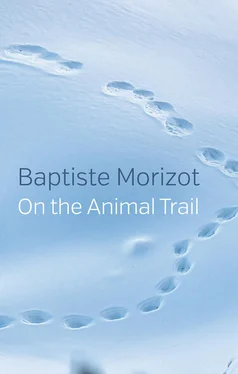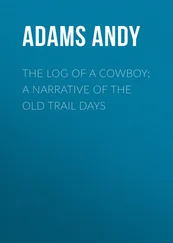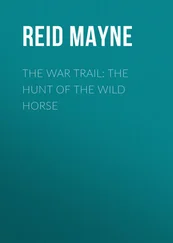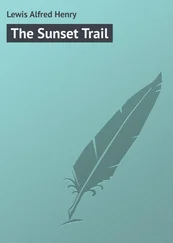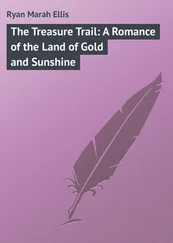Where are you going tomorrow, or the day after, or maybe next week, once you’ve reached the last pages of this book? Perhaps you’ll be one of those readers who will have the wonderful experience of being touched, contaminated, infected by the impulses that animate it. I could have written: ‘by the adventure that impels it’, but I’m a little wary of the epic exoticism or predictable storyline which the word ‘adventure’ can convey. I could probably more accurately describe what Baptiste Morizot is proposing by the evocative term ‘initiation’. Being (or becoming) initiated involves the idea of getting to know something or, more precisely, getting to know the art which makes this knowledge possible; and this idea itself takes us back through the centuries to the experience of participating in the Mysteries as practised in ancient paganism.
Thus, this book proposes to initiate us into a very particular art, which could briefly be defined as the art of doing geopolitics by tracking down the invisible . Certainly, put like that, it might seem scary – and you might well wonder if it is really sensible to ask someone to write this preface who hesitates at the word ‘adventure’ but has no qualms about combining ‘geopolitics’ with ‘the invisible’.
Forms of invisibility: ‘You cannot exist without leaving traces’
However, nothing could be more concrete, closer to the soil and to life itself than Baptiste Morizot’s project. It is, quite literally, the most down-to-earth proposition that you could imagine, a proposition which requires putting on a good pair of shoes and walking, but which mainly impels you to learn again how to stare at the ground, to look at the earth, to read the copses, the trodden grasses and the dark thickets, to scrutinize the mud where marks and pawprints leave their trace and the rocks where they don’t, to inspect tree trunks with bits of hair sticking to them, to scrutinize paths where droppings are plentiful in one place but not another. For this is how those we call animals, and who are mostly invisible to us, manifest their presence. Deliberately sometimes, or even without paying attention. Tracking things down, in other words, means learning to detect visible traces of the invisible or, to put it another way, it means transforming the invisible into presences.
As Jean-Christophe Bailly has remarked how, for a large number of animals, their innate way of inhabiting their territory, their ‘home’, consists in concealing themselves from sight – ‘for every animal, living means crossing through the visible while hiding within it.’ 1Many of us have experienced this: we can walk in the forest for hours on end and not sense the presence of animals, or even remain completely unaware of their existence. We can imagine that this world is uninhabited, believing ourselves alone. Yes – so long as we don’t pay any attention to the signs. But if we change the way we walk through different spaces, pay due attention to them and learn the rules that govern the traces, then we are on the trail of the invisible, we become readers of signs. Each trace testifies to a presence, to the sense that ‘someone has been here before’ – someone we can now get to know, without necessarily encountering them.
Geopolitics: ‘Tracking is the art of investigating the art of inhabiting practised by other living beings’
And yet an encounter does take place. But the term ‘to encounter’ here assumes a somewhat different meaning from the one that immediately comes to mind; it undergoes a shift and, as a verb, takes on an inchoative meaning, 2like those verbal forms that indicate an action that has only just begun – grammarians say of these particular verbs that they indicate the passage from nothing to something . So the type of encounter that Morizot describes falls into the realm of beginnings: tracking always has to do with the time before an encounter, a time which, in principle, will continually be played over again (as the time before is the very time of encounter); and it only ever addresses what is already slipping away (the something of the grammarians could just as easily return to nothing ).
What the practice of tracking also makes palpable is that to follow is to walk with . Walking becomes an act of mediation. Neither side by side, nor at the same time: in the footsteps of another who follows his own path and whose traces are so many signs that map his desires – including the desire to escape his tracker if he has become aware of the latter’s presence. ‘Walking with’, without simultaneity and without reciprocity, relates to those experiences in which we allow ourselves to be instructed by another being, as when we let ourselves be guided, learn to feel and to think like another (who is, perhaps – like the wolf sensing that he is being followed – trying to think like whoever is following in his footsteps, as we shall see). We then abandon our own logic and learn another logic, we let ourselves be flooded by desires that are not ours. And above all, when we imagine and think on the basis of the signs left by the animal, where its intentions and habits lead it, so as not to lose its track – above all, not to lose track of it: for what we learn from the art of tracking is not to lose what we do not possess.
We can therefore ‘encounter’ in the sense of starting to know, without necessarily being in the same place at the same time – getting to know each other. ‘Walking with’, at a later time and at a certain distance, in order to be better instructed. Summoning the imagination in order to stay connected to a fragile reality. This is what the American philosopher Donna Haraway beautifully defined as ‘intimacy without proximity.’ 3
To encounter an animal by means of intervening signs then means drawing up an inventory of habits which gradually shape a way of living, a way of being, a way of thinking, of desiring, of being affected.
The form of investigation proposed by Morizot points, first and foremost, to a profound change in our relations with non-human beings. More and more of us want to find a different way of living with animals, to dream of renewing old relationships, of catching up with them, as the saying goes. But how? What do we need to do? What should we learn? How can we live with other beings who are, for the most part, totally foreign to us? In this regard, Morizot has noted, with a touch of humour, that ever since the 1960s ‘we have been seeking intelligent life in the universe, while it exists in prodigious forms on Earth, among us, before our very eyes, but discreet in its muteness.’ 4We send probes and even messages to the four corners of the universe, and we walk through the forest as noisy as a troop of baboons on the razzle, which can only confirm our strange conviction that we are alone in this world. It’s time to come back down to earth. 5
That’s where this investigation comes in. As a geopolitical inquiry, it attempts to find answers to the question of how to live together with non-human beings, no longer as a rather abstract dream of returning to nature, but concretely and practically. Of course – and Morizot does not forget this – tracking reconnects us with the oldest practices of hunters. Nor does he neglect the ethology which is itself inspired by those practices, an ethology which he can now draw on for his project. These practices are arts of attention. However, unlike tracking, they do not involve knowing as a prelude to appropriating; and unlike ethology, they do not involve knowing for the sake of knowing, but ‘knowing in order to live together in shared territories’. By tracking, we attempt to rekindle the possibility of forging social relationships with non-human beings.
Читать дальше
